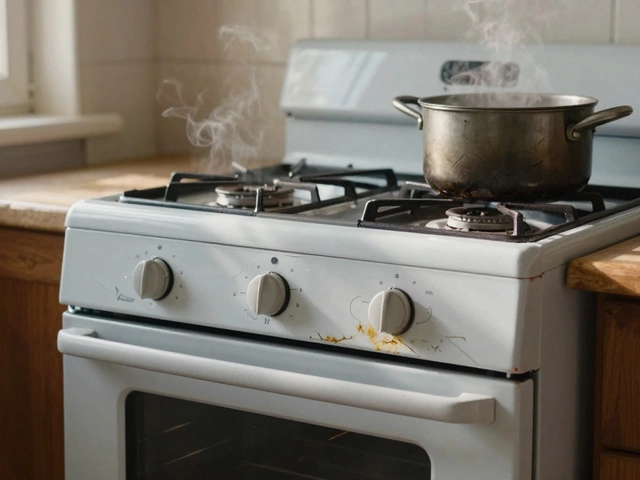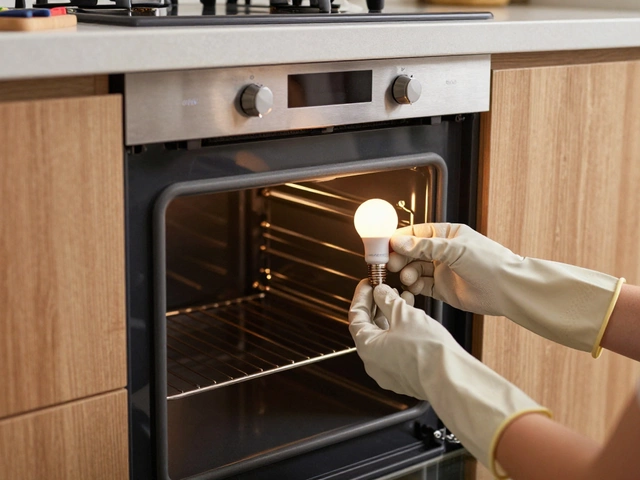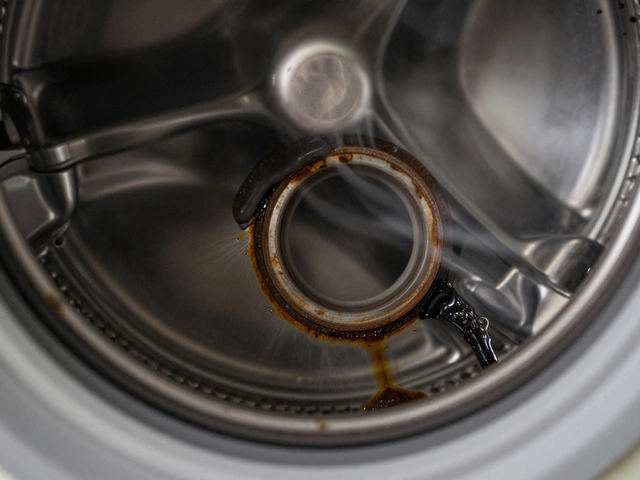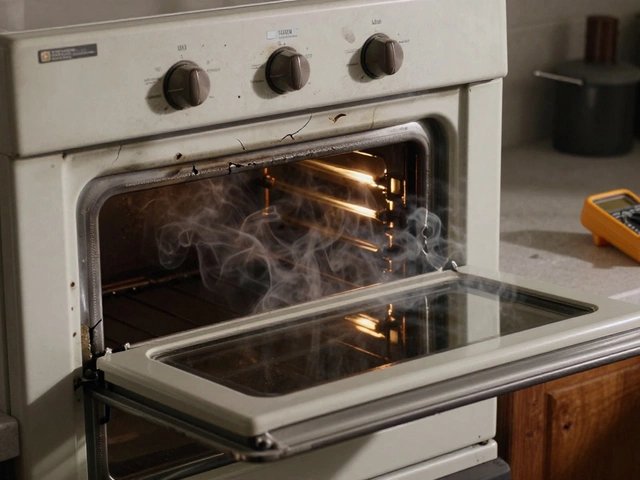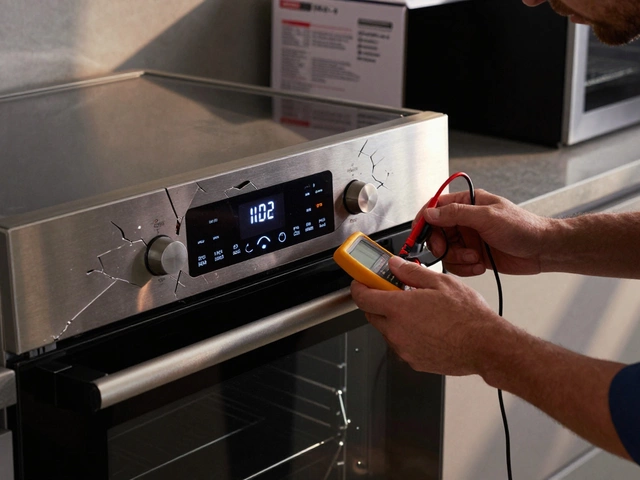Appliance Features: What to Look for and How to Keep Them Working
When you’re shopping for a new fridge, oven, or washing machine, the endless list of features can be overwhelming. Do you really need a smart‑connect oven? Is a dual‑ice dispenser worth the extra cost? Below we break down the most useful features you’ll find on common home appliances and give you simple steps to keep them in top shape.
Key Features That Matter
Energy efficiency. Look for the Energy Star label or a high energy‑rating. A fridge that uses 10% less power can save you hundreds of pounds over its life and reduce your carbon footprint.
Smart controls. Wi‑Fi enabled ovens, washers, and fridges let you monitor cycles from your phone. They’re handy, but the real benefit is remote alerts – you’ll know if a door is left open or a wash cycle fails, which can prevent bigger problems.
Self‑cleaning functions. A self‑cleaning oven or dishwasher saves you time, but remember that the high‑heat cycle can stress components. Follow the manufacturer's recommended frequency – usually once every 6‑12 months.
Noise level. Look for decibel (dB) ratings if you have an open‑plan kitchen. A quiet dishwasher (under 45 dB) won’t ruin a conversation while it runs.
Adjustable shelving and flexible racks. In fridges and ovens, these let you fit larger items without cramming, which improves airflow and reduces wear.
Maintaining Your Appliances
Features are only as good as the care they receive. A few quick habits can extend life and keep performance steady.
Clean regularly. Wipe down fridge gaskets, oven door seals, and dishwasher filters every month. A thin layer of grime can cause leaks or poor sealing, leading to higher energy use.
Check and replace filters. Many appliances have water or air filters that trap particles. Replace them according to the manual – usually every 3‑6 months for dishwashers and every 12 months for range hoods.
Run diagnostic cycles. Modern machines often have built‑in self‑diagnosis. Run a quick cycle on your washer or fridge to catch error codes early. When you spot a code, a fast online search can tell you whether it’s a simple reset or a part that needs a pro.
Level your appliances. An uneven fridge door or wobbling dryer can cause vibration, noise, and premature wear on seals and bearings. Use a spirit level and adjust the feet as needed.
Don’t ignore unusual sounds. A humming microwave, rattling dryer, or clicking fridge are early warning signs. Tackling them now often avoids a costly part replacement later.
By focusing on the right features and a few easy maintenance habits, you’ll get more value from every purchase and spend less on emergency repairs. Need a deeper dive? Our blog covers topics like “When to Replace an Oven Control Board” and “Most Expensive Refrigerator Repairs” – all written for everyday folks who want practical advice without the tech jargon.
If a problem feels beyond a quick DIY fix, give a local pro a call. A qualified technician can diagnose the issue safely and often repair it for a fraction of the cost of a brand‑new appliance.
Keep this guide handy whenever you’re comparing models or planning a service visit. The right features paired with regular care will keep your kitchen and laundry running smooth for years.
5 July 2025
·
0 Comments
Unsure how to describe an appliance? Learn what details matter, common mistakes, and essential features to mention for clear and useful descriptions of any home appliance.
Read more


